Aspen trees (Populus tremuloides) are known for their distinctive white bark and shimmering leaves that quake in the wind, which are called “quaking aspens.” They are a beloved sight in many North American landscapes, particularly in mountainous and cooler regions. Aspens are beautiful and ecologically important, providing habitat and food for various wildlife. Grow and Care for an Aspen Tree can be a rewarding experience, but it requires knowledge of their specific needs and potential challenges. This guide will cover everything you need to know about growing and caring for an Aspen Tree, from planting and growth rates to disease treatment and maintenance.
This is How to Grow and Care for an Aspen Tree
Understanding Aspens
Aspens are part of the Salicaceae family and are native to North America. They are easily recognizable by their smooth, white bark, which often features black scars and knots. The leaves are round to triangular with finely serrated edges and change color dramatically in the fall, turning bright yellow and sometimes red. Aspens are clonal species, meaning they often grow in large groups connected by a single root system, known as a clone. This clonal nature allows aspens to regenerate quickly after disturbances like fire.

Aspens are popular in landscaping due to their fast growth and striking appearance. They provide shade, promote beauty and attractive appeal, and support local ecosystems by providing habitat and food for wildlife such as deer, elk, and various bird species.
Optimal Conditions for Planting Aspen Trees
To ensure the healthy growth of your aspen tree, it’s crucial to provide the optimal growing conditions:
Soil
Aspen trees prefer well-draining, loamy soil that is slightly acidic to neutral (pH 5.5 to 7.0). They thrive in soil that retains moisture but doesn’t become waterlogged. Adding organic matter like compost can improve soil fertility and structure, aiding in water retention and root development.
Sunlight
Aspens require full sun to thrive. They need at least six hours of direct sunlight each day to maintain healthy growth and vibrant foliage. While they can tolerate partial shade, insufficient sunlight can lead to weaker growth and increased susceptibility to diseases.

Temperature and Climate
Aspens are well-suited to cooler climates and are hardy in USDA zones 1-7. They thrive in areas with cold winters and mild summers. High temperatures and humidity can stress the trees, making them more vulnerable to diseases and pests.
Drainage
Proper drainage is essential to prevent root rot, a common problem for aspens. Ensure the planting site has good drainage and avoid areas where water tends to pool. If drainage is an issue, consider planting aspens on a slight slope or raised bed.
How to Plant Aspen Trees
Planting aspen trees correctly is crucial for their establishment and growth. Follow these steps to ensure successful planting:
Choosing the Right Location
Select a location that provides full sun and well-draining soil. Avoid areas with poor drainage or heavy clay soils. Aspens can tolerate a variety of soil types, but they do best in loamy soils with good organic content.
Preparing the Soil
Prepare the planting site by removing weeds, rocks, and debris. Loosen the soil to a depth of about 12-18 inches to encourage root penetration. Incorporate organic matter like compost to improve soil fertility and structure.

Planting Techniques
- Digging the Hole: Dig a hole that is twice as wide and as deep as the root ball of the aspen tree. This allows the roots to spread out and establish more quickly.
- Placing the Tree: Gently remove the tree from its container, being careful not to damage the roots. Place the tree in the hole, ensuring that the root collar (where the roots meet the trunk) is level with or slightly above the soil surface.
- Backfilling: Backfill the hole with the excavated soil, mixing in compost if needed. Tamp down the soil gently to remove air pockets, but avoid compacting it too much.
- Watering: Water the tree thoroughly after planting to help settle the soil and eliminate air pockets. Keep the soil consistently moist but not waterlogged during the establishment period.
Aspen Tree Growth Rate and Expectations
Aspen trees are known for their rapid growth rate, making them a popular choice for quickly establishing a landscape. On average, aspens can grow 2-3 feet per year under optimal conditions. This fast growth allows them to provide shade and aesthetic value in a relatively short time.
Factors Influencing Growth Rate
Several factors can influence the growth rate of aspen trees:
- Soil Quality: Rich, well-draining soil with adequate nutrients supports faster growth.
- Water Availability: Consistent moisture is crucial, especially during the first few years after planting.
- Sunlight: Full sun exposure helps vigorous growth.
- Temperature: Cooler climates with cold winters and mild summers are ideal for aspens.
- Pest and Disease Management: Healthy trees free from pests and diseases grow more robustly.
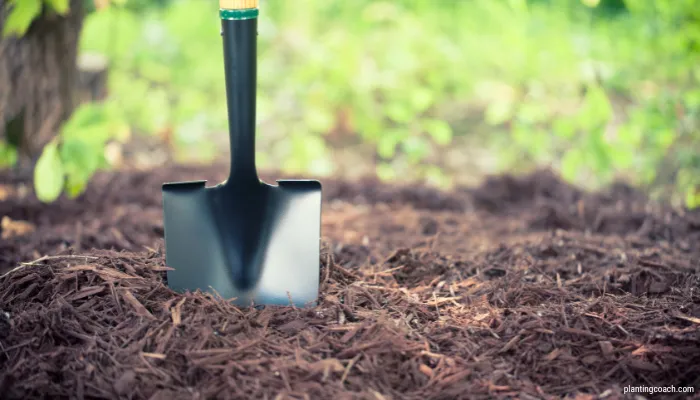
Tips to Optimize Growth
- Mulching: Apply a layer of mulch around the base of the tree to retain soil moisture and regulate temperature.
- Fertilization: Use a balanced, slow-release fertilizer in early spring to provide essential nutrients.
- Pruning: Prune dead or diseased branches to encourage healthy growth and improve air circulation.
How Fast Do Aspen Trees Grow?
Aspen trees are among the fastest-growing trees in North America. Under ideal conditions, they can grow 2-3 feet per year. This rapid growth rate is due to their ability to photosynthesize efficiently and their clonal growth habit, which allows them to spread quickly through root suckers.
Comparison with Other Tree Species
Compared to other common tree species, aspens have a notably fast growth rate. For instance, oaks and maples typically grow 1-2 feet per year, making aspens a more attractive option for quickly establishing a shaded area or visual screen.

Encouraging Faster Growth
To encourage faster growth in aspens:
- Ensure Optimal Conditions: Provide full sun, well-draining soil, and adequate water.
- Regular Fertilization: Use a balanced fertilizer to supply essential nutrients.
- Proper Pruning: Remove dead or weak branches to direct energy towards healthy growth.
How Long Do Aspen Trees Live?
The lifespan of aspen trees varies depending on environmental conditions and care practices. On average, individual aspen trees live between 20-40 years. However, the root system of a clonal colony can live for thousands of years, continuously producing new stems as older ones die off.
Factors Affecting Longevity
Several factors can influence the longevity of aspen trees:
- Environmental Stress: Extreme temperatures, drought, and poor soil conditions can shorten the lifespan of aspens.
- Pests and Diseases: Infestations and infections can weaken trees and lead to premature death.
- Mechanical Damage: Damage from wind, heavy snow, or human activity can harm trees and reduce their lifespan.
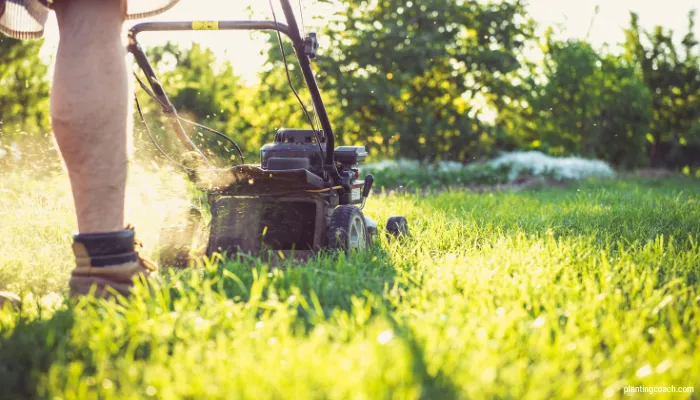
Best Practices to Extend Lifespan
- Regular Maintenance: Prune dead or diseased branches and remove debris around the base of the tree.
- Pest and Disease Management: Monitor trees for signs of pests and diseases and treat them promptly.
- Watering: Provide consistent moisture, especially during dry periods.
- Mulching: Apply mulch to regulate soil temperature and moisture.
How to Treat Aspen Tree Diseases
Aspen trees are susceptible to various diseases that can affect their health and appearance. Proper identification and treatment are crucial to maintaining healthy trees.
Common Diseases
- Cytospora Canker: This fungal disease causes sunken, discolored areas on the bark. Infected branches should be pruned and destroyed.
- Leaf Spot Diseases: These diseases are caused by various fungi and result in small, dark spots on leaves. Remove and destroy infected leaves and avoid overhead watering.
- Rust: This fungal disease causes yellow or orange spots on leaves. Remove infected leaves and apply a fungicide if necessary.
- Root Rot: Caused by overly wet soil, this disease leads to wilting and yellowing leaves. Improve drainage and avoid overwatering.

Treatment and Prevention
- Pruning: Regularly prune and dispose of infected branches and leaves.
- Proper Watering: Avoid overwatering and ensure good soil drainage.
- Fungicides: Apply fungicides as a preventive measure or to treat active infections.
- Sanitation: Keep the area around the tree clean and free of debris to reduce disease risk.
Pruning and Maintaining Aspen Trees
Regular pruning and maintenance are essential to keep aspen trees healthy and attractive.
Pruning Tips
- Timing: Prune in late winter or early spring before new growth begins.
- Tools: Use clean and sharp tools to make clean cuts and reduce disease risk.
- Technique: Remove dead, diseased, or damaged branches. Thin out crowded areas to improve air circulation.
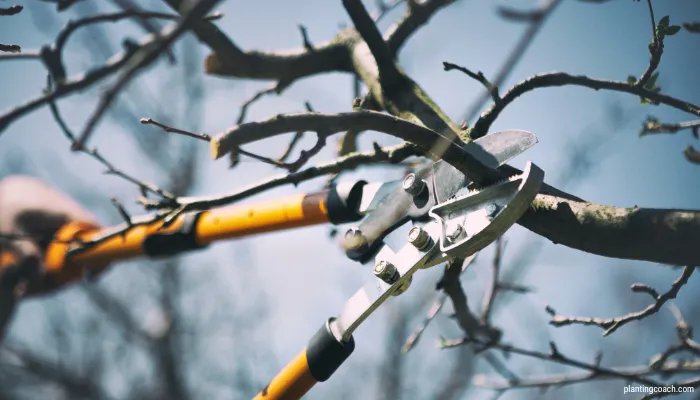
Maintenance Tasks
- Watering: Provide consistent moisture, especially during dry periods.
- Fertilizing: Apply a balanced fertilizer in early spring to promote healthy growth.
- Mulching: Apply mulch around the base of the tree to retain moisture and regulate temperature.
- Pest Control: Monitor for pests and treat infestations promptly.
Troubleshooting Common Problems with Aspens
Aspen trees can encounter various issues. Here’s how to troubleshoot and resolve common problems:
Environmental Stress
- Symptoms: Wilting, yellowing leaves, slow growth.
- Solution: Ensure proper watering, improve soil drainage, and protect from extreme temperatures.
Pests
- Common Pests: Aphids, caterpillars, borers.
- Solution: Use insecticidal soap or neem oil for minor infestations. For severe infestations, consult a professional arborist.
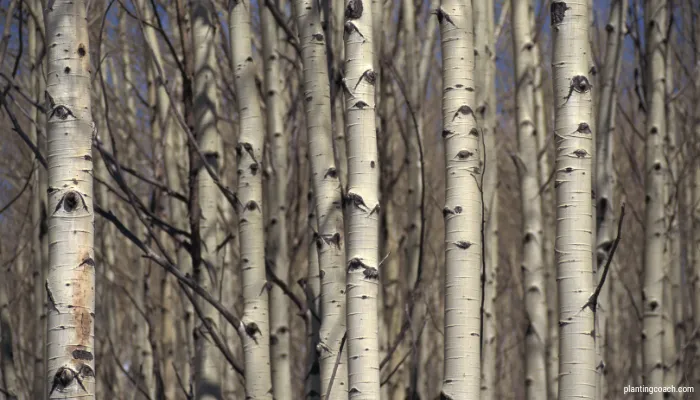
Diseases
- Common Diseases: Cytospora canker, leaf spot, rust, root rot.
- Solution: Follow recommended treatment and prevention practices for each disease, such as pruning, proper watering, applying fungicides, and proper sanitation.
Mechanical Damage
- Symptoms: Broken branches, wounds on the trunk.
- Solution: Prune damaged branches and protect the tree from further damage.
Summary
Growing and caring for aspen trees can be rewarding, offering both beauty and ecological benefits to your landscape. By understanding the unique characteristics and needs of aspens, you can provide the optimal conditions for their growth and longevity. Ensuring proper planting techniques, consistent watering, and regular maintenance, such as pruning and fertilizing, will help your aspen trees thrive.
Additionally, being vigilant about common pests and diseases and knowing how to treat them will keep your trees healthy. With their rapid growth rate and striking appearance, aspens can quickly magnify the overall attractiveness of any garden or landscape. Whether you’re looking to plant new trees or care for existing ones, the knowledge and effort you invest in your aspen trees will yield lasting rewards. Embrace the beauty and ecological significance of aspens, and enjoy their presence in your outdoor spaces for years to come.
FAQ
Q1: What are the best growing conditions for aspen trees?
- Aspen trees thrive in well-draining, loamy soil with a slightly acidic to neutral pH (5.5 to 7.0). They prefer full sun, needing at least six hours of direct sunlight each day, and do best in cooler climates with cold winters and mild summers. Consistent moisture and good drainage are crucial for healthy growth.
Q2: Do aspen trees grow fast?
- Yes, aspen trees are known for their rapid growth rate, typically growing 2-3 feet per year under optimal conditions. This fast growth makes them an attractive option for quickly establishing shade and aesthetic appeal in landscapes.
Q3: Why is my aspen tree dying?
- Aspen trees can die due to several reasons, including environmental stress (such as extreme temperatures or drought), poor soil conditions, pests, diseases, or mechanical damage. Assessing these factors and addressing the specific issue can help revive a struggling aspen tree.
Q4: How to treat aspen tree diseases?
- Common aspen tree diseases include Cytospora canker, leaf spot, rust, and root rot. Treatment involves pruning and disposing of infected branches, improving soil drainage, avoiding overwatering, and applying fungicides if necessary. Regular monitoring and maintaining good tree health can prevent many diseases.
Q5: What is unique about the aspen tree?
- Aspen trees are unique for their clonal growth habit, where large groups of trees are connected by a single root system, forming a clonal colony. This allows them to regenerate quickly after disturbances. Aspens are also known for their striking white bark, quaking leaves, and vibrant fall colors, making them a standout in any landscape.


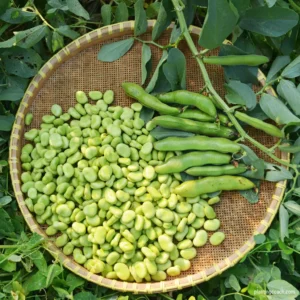
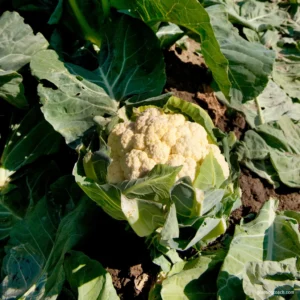


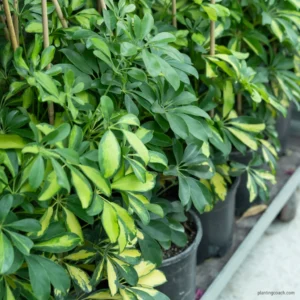

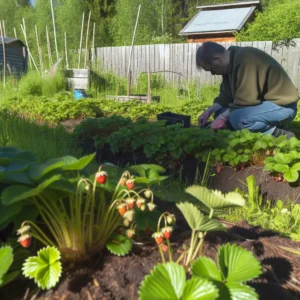
Is it ethical to artificially extend the lifespan of aspen trees beyond their natural limits, or should we allow them to live out their natural life cycle?